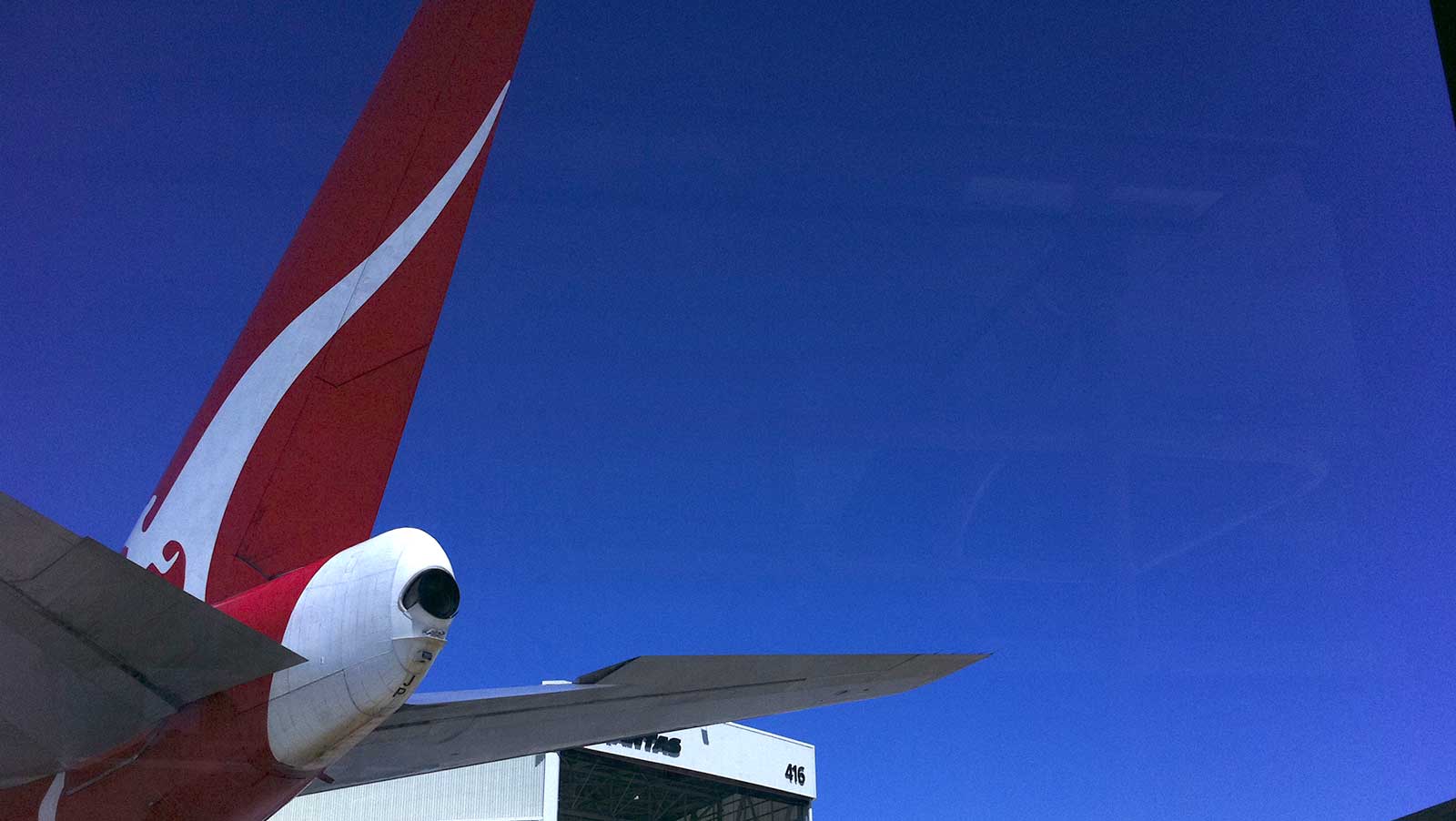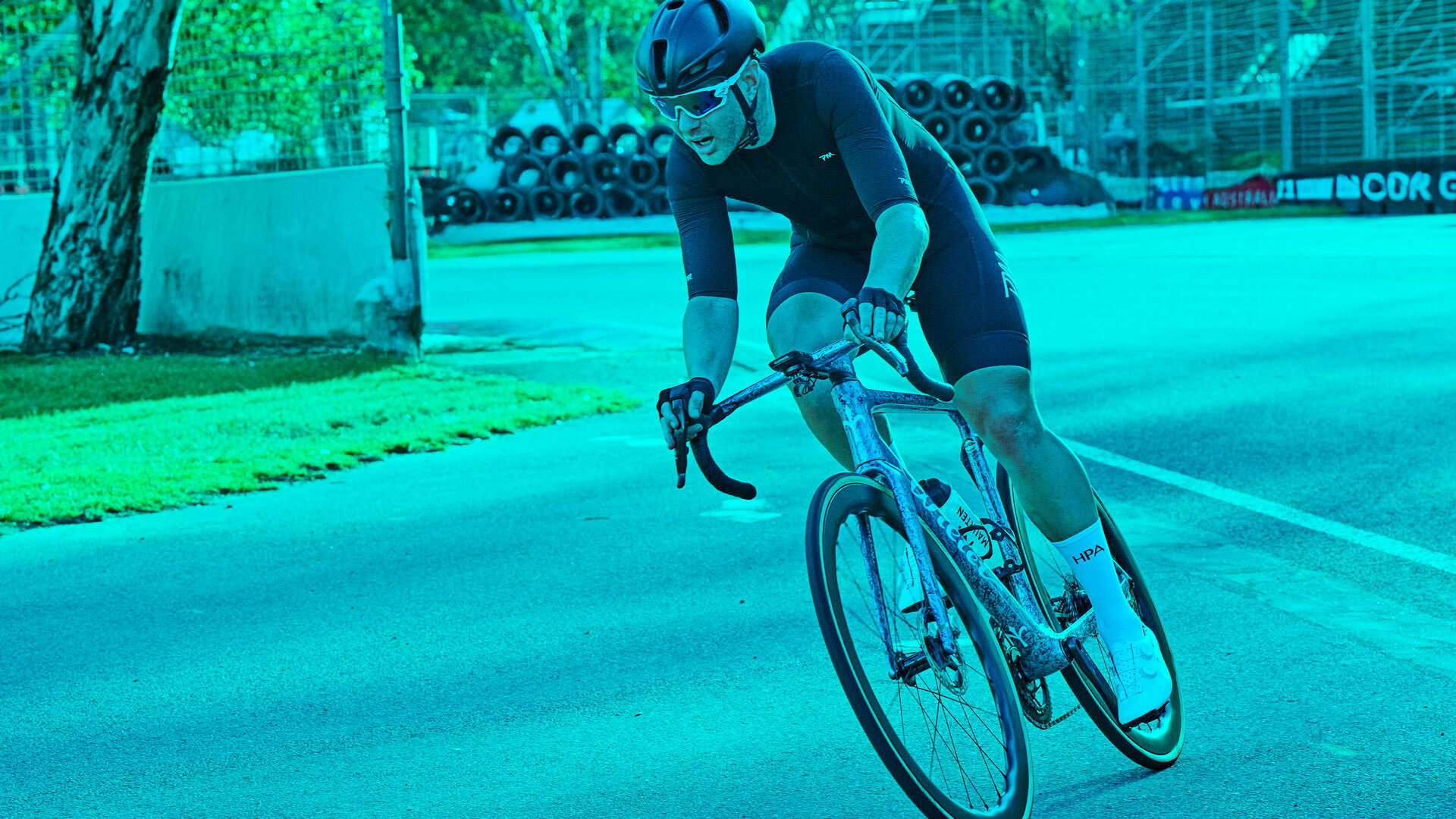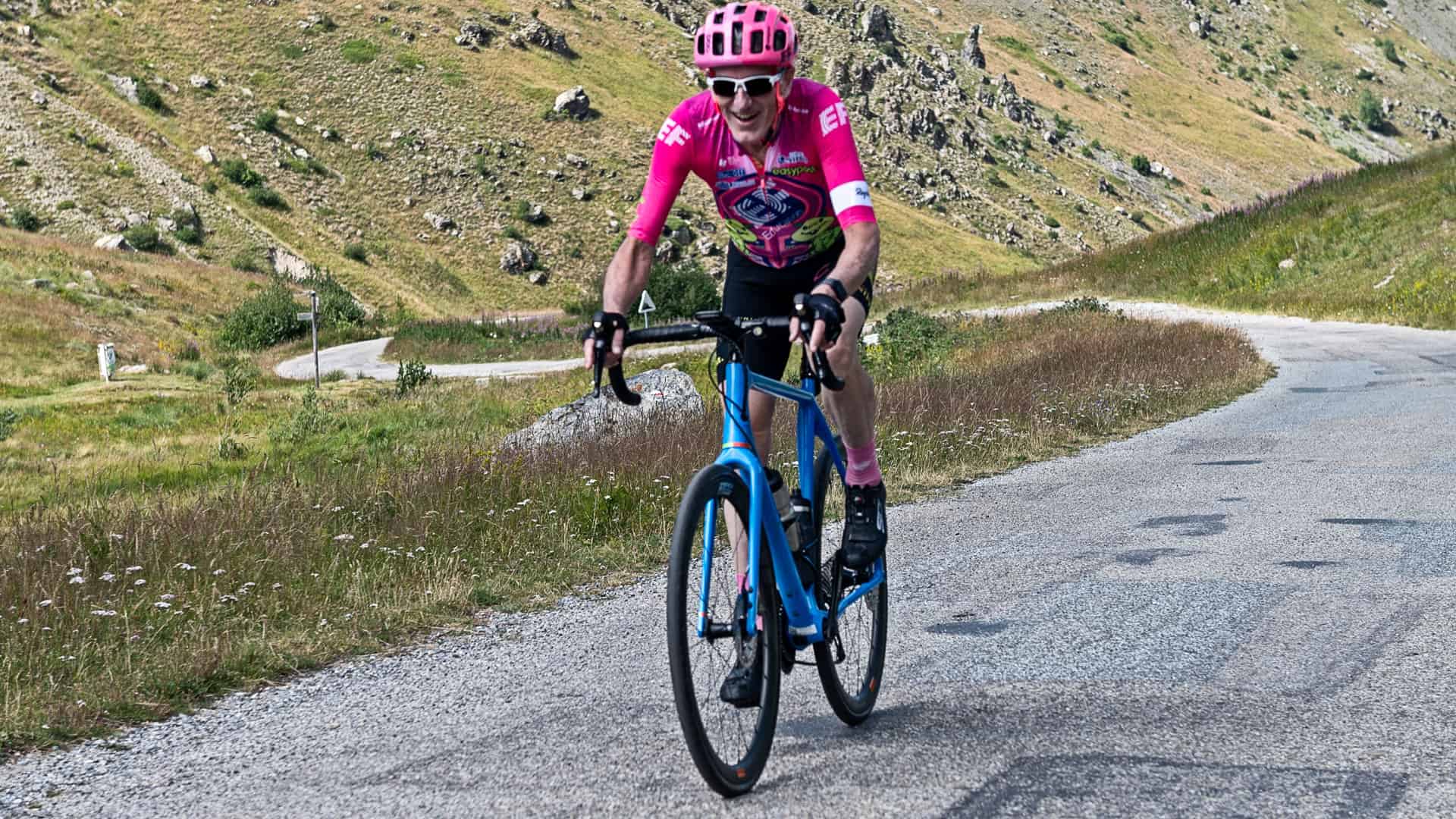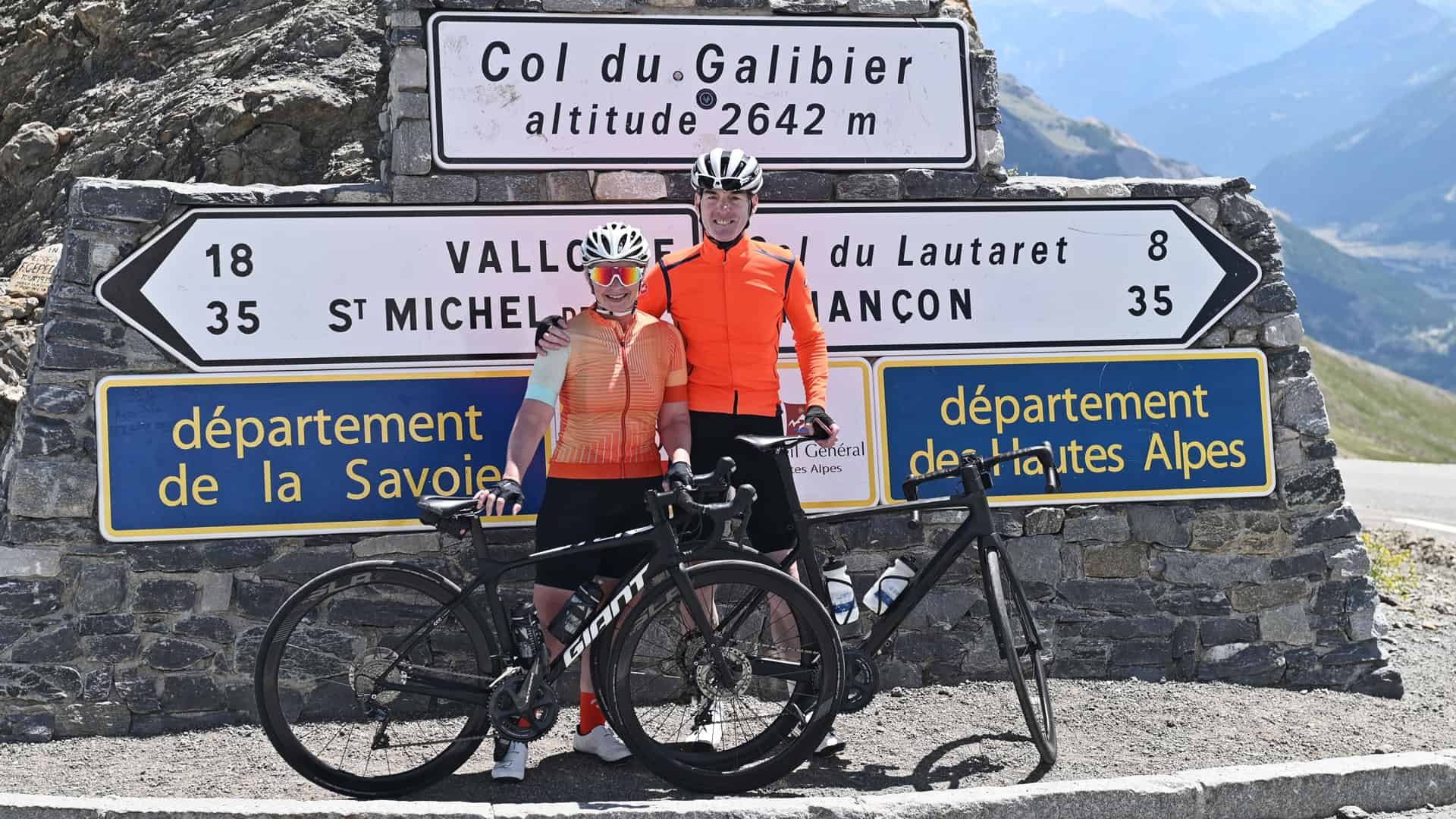Here are some simple guidelines to help you select whether you use a box, bag or bike travel case when you are travelling with your bicycle. Covers local, national and international tips.
Sometimes your enjoyment of bicycle riding takes you well beyond just riding locally. These are the times when you’ll be travelling with your bicycle to races or cycling events via aeroplane or car. In these cases, you’ll need to make a decision as to how you appropriately package your bike to ensure it arrives safely.
If you are carting your bike in the car and handling it yourself then a soft bag is quite suitable. We have several of these and use them all the time in the car to keep it free of grease stains. It also helps keep the bike free from damage and makes carting the bike around easy too when you get to your location. Wheel bags are a must.
If you intend to put your bike on a plane then I recommend a hard-shell case, soft shell case or cardboard box.
Cardboard boxes are usually free from a local bike shop and provide some good protection. You can also pick them up from airports if you call ahead. When using cardboard boxes be sure you pad the bike well and have blocks in the forks and rear dropouts to keep the frame supported if crushed. Once you get to the other end it’s easy to dispose of it as it is made of cardboard. You will need to dismantle your bike a little to get it into the box though.
Soft-shell cases have become quite popular in recent times because they are lighter than hard cases. This becomes very important to ensure that you keep below your limited luggage weight when travelling on aeroplanes. Also, you don’t have to dismantle your bike for transport. This saves you time and the possibility of mechanical issues at the other end. I have been using a soft case for a few years now.
Many people have issues with the derailleur hanger being bent or broken in transit. This is easily fixed by moving the derailleur closer in to the frame and more to the centre of the bag as you pack the bike. This is easily done by using your gear lever to shift it into position. I also like to wrap an old inner tube around the rear derailleur and the other end around the handlebars. This moves the rear of the derailleur well into the bag and away from harm’s way. Since doing this I’ve never had an issue with bent or broken derailleur hangers.
Hard shell cases offer the best protection but are heavy. Don’t assume that your bike will fit inside a hard travel case without sizing it up first before you buy it. All travel cases come in different sizes and there is some dismantling required to get the bike in. Once you have figured out a system to get the bike in them you just repeat the process every time you pack your bike. But it does take some time initially to figure it out.
Check with the airline when you book
When you are flying, check with the airline you are travelling with. Most require you to advise that you are travelling with a bike during the booking and check-in process as the bike is ‘oversized’ luggage.
If you are travelling internationally then a light box will help reduce the excess weight payments. The other consideration is the durability of the case and the quality of the latches… Latches need to be robust and easy to use.
Make sure you have Insurance
Having your bike packed is no guarantee that it won’t get damaged in transit. I don’t know if it helps but I plaster my case with large florescent coloured “fragile” stickers. I always ensure that you have your bike insured when travelling so check with your insurance policy or travel insurance to make sure it’s covered.
Other articles of interest:
Slow Down To Speed Up Your Hill Climbing – Cycle Up Hills Fast
Difference Between Training with Heart Rate and Power
How To Work Out Your Cycling Heart Rate Zones
What Does Your Resting Heart Rate Mean?






Leave A Comment